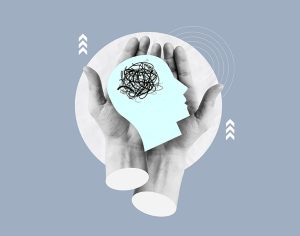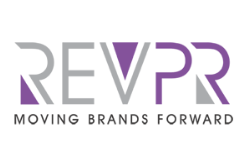The wonderful thing about humans is that we are all unique; part of this uniqueness is that our brains work differently. We are now far more familiar with the term neurodiverse which encompasses the variation of cognitive functioning. Sociologist Judy Singer coined the term neurodiversity to refer to the range of differently “wired” nervous systems (neurotypes) in human beings in any social setting.
The most common neurodiverse conditions are Dyslexia, Dyspraxia, ADHD and Autism
The majority of human beings are what is termed neurotypical, while research indicates that between 15 and 20% are neurodivergent. This means a sizable portion of every workforce will be neurodiverse. However, many neurodivergent adults have become adept at “masking” to try to fit into a neurotypical society.
Masking behaviour has a huge personal (mental) cost for neurodiverse adults. Neuroinclusive workplaces minimise or eliminate the need for masking, thus supporting neurodivergent workers and protecting their mental health.
Embracing neurodiversity in the workplace by becoming neuroinclusive helps build creative collaborations that draw on diverse human strengths and prevent absenteeism, workplace bullying, discrimination, lost human potential, and lost productivity.
Reasonable adjustments
The Equality Act requires an Employer to make reasonable adjustments to ensure all the team are productive and working with the individual to create the best working environment possible. And this, of course, is in an employer’s best interest.
To find out what adjustments you may need to make for your employees, the most important thing is to talk to the employees and find out what helps them. Simple technology solutions may be all that is required or you may have to think a little more creatively. For example, if someone is Autistic and finds travelling at peak times too stressful a flexible working arrangement may help. Where people sit and lighting can all help in certain situations.
Access to Work
Access to Work is a government scheme for employees that can help them get or stay in work if they have a physical or mental health condition or disability. Via this scheme, individuals can apply for grants that cover practical support or managing mental health with work that goes beyond the reasonable adjustments an employer has to provide.
Above all, we all need to create a safe environment where people can be open about their conditions and ask for help. This is the key to true inclusion in the workplace.
Doyle, N. (2020). Neurodiversity at work: a biopsychosocial model and the impact on working adults. British Medical Bulletin, 135(1),108–125.
Nerenberg, J. (2020). Divergent mind: Thriving in a world that wasn’t designed for you. HarperOne.
































